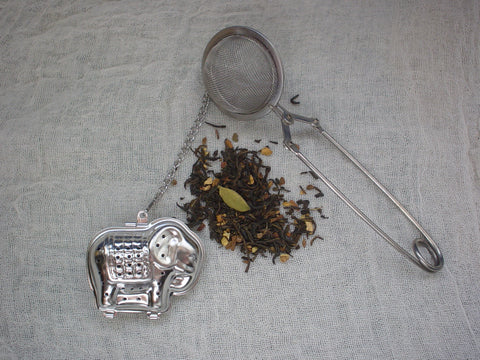
However, if you leave it for too long, it can lead to a slightly unpleasant bitter taste.
And if you don’t brew it for long enough, it can bring a very mild flavour which is not really very enjoyable.
Teaologists Tea Tasting Team (The Triple T’s) has created a helpful table (another T!) below to explain what the average time should be to brew your different teas.
They did admit that they used a variety of scientific and non-scientific sources,
but managed to convince that they have meticulously calculated the average of all the data to give us the best possible results.

We understand that you may wish to change the time periods and quantity to suit your taste. Don’t be afraid to experiment at different times of the day to match your tea to your schedule.
To soak (tea, herbs, etc.) in liquid to extract the flavour or healing properties.
Infusing is the process in which one soaks tea leaves or herbs in hot water to release the flavours of the leaves or herbs.
As far back as we know healers infused herbs and tea leaves for medicinal purposes. In fact tea was a medicine before it became a drink.
It is well-known that tea leaves and herbs have healing properties that can help treat many ailments.
Infusing can be done in water, oil or alcohol. The most common example of infusing in alcohol is creating extracts such as the popular vanilla extract used in cooking, baking and making beverages.
Such extracts are many times stronger than water-based infusions and subsequently, are consumed in small doses, often under the tongue or with a large amount of water.

Infusion should not be confused with decoction. Decoction is the boiling of herb or plant materials such as stems, roots and bark to extract oils, organic compounds and chemical substances.
Decoction is used to make stock from meat and vegetables.
Tea infusing is different in that it is the process used to extract the flavours/compounds of the herb or plant.


Comments will be approved before showing up.